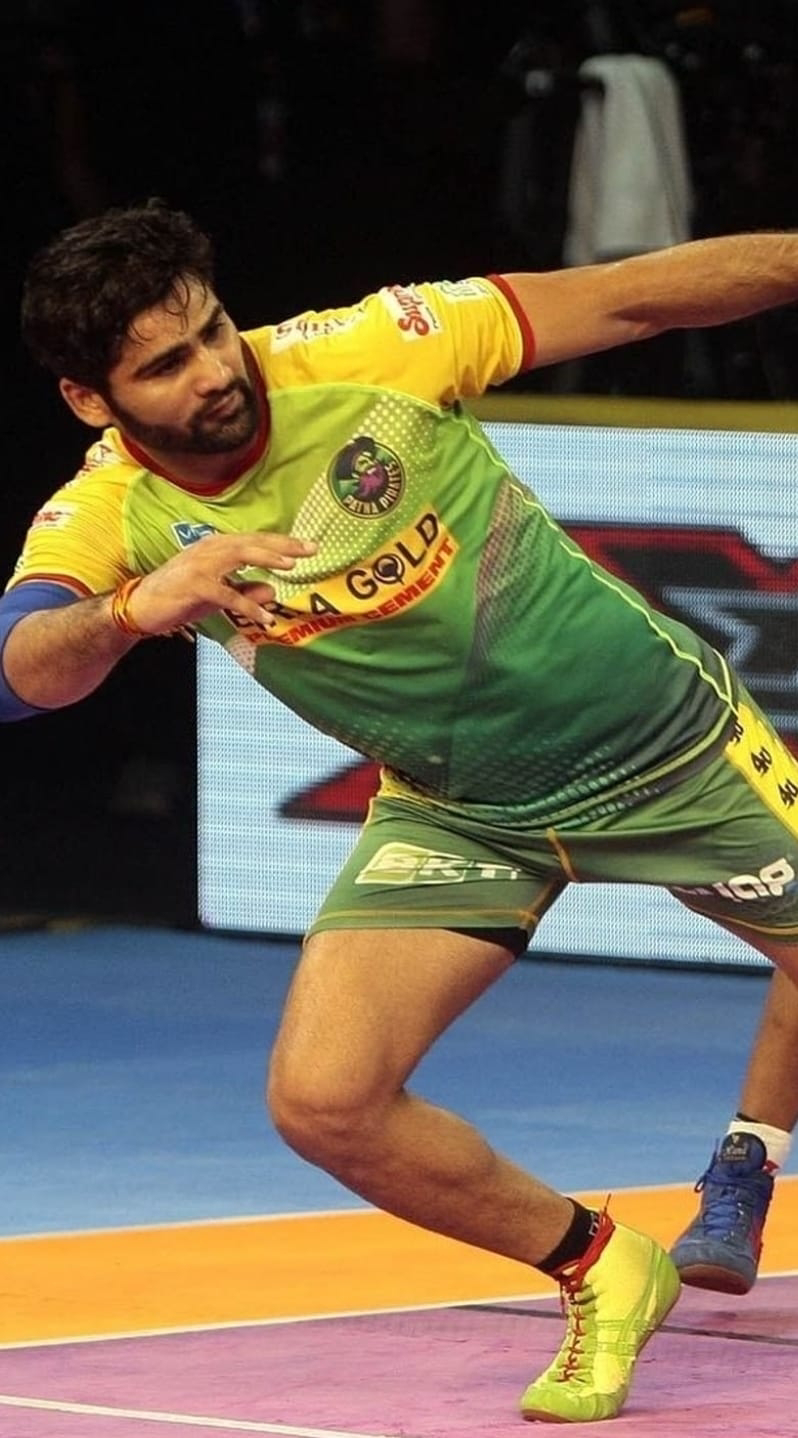HANDBALL HISTORY
Hand ball history :
Handball is a fast-paced team sport with roots that trace back to ancient times, but its modern form developed in Europe in the late 19th and early 20th centuries. Here’s a brief overview of its evolution:
1. Ancient Origins:
Early versions of handball-like games were played in ancient civilizations. The Greeks and Romans had games where players used their hands to hit balls against walls or other objects.
2. 19th Century Development:
In the 1890s, handball began to take its modern shape in Denmark and Germany. A game called "håndbold" (meaning "handball") was being played in Denmark. The rules were not fully standardized, and various versions of the game existed.
In Germany, a similar game known as "Torball" (meaning "goal ball") was being played in schools. This helped shape the foundation for the game as we know it today.
3. Modernization:
In 1906, a version of handball was introduced to the world at the "Helsinki Games," and it started gaining recognition.
The official rules were established by the International Handball Federation (IHF) in 1928. By this time, the game had already evolved into two primary forms: indoor handball (7-a-side) and outdoor handball (11-a-side), though indoor handball became the most popular version.
4. International Recognition:
The sport began to spread to other countries in Europe and beyond. The International Handball Federation (IHF) was founded in 1946, helping to formalize the sport internationally and promote its growth.
Handball was included in the Summer Olympics as a men's event in 1936 (in Berlin), but it was not played again until 1972 in Munich. Women’s handball was introduced in the Olympics in 1976 in Montreal.
5. Global Expansion:
Throughout the second half of the 20th century, handball continued to grow in popularity, especially in Europe and parts of Asia. Countries like France, Sweden, Spain, and Russia became dominant forces in the sport.
Today, handball is played professionally in leagues around the world, and the IHF World Championships and Olympic Games remain the sport's pinnacle events.
Handball has evolved into one of the most exciting and fast-paced sports, requiring skill, strategy, and athleticism. Its continued growth, particularly in regions like Asia and Africa, signals that handball's global appeal will only increase in the years to come.
Handball court measurnmest :
The measurements for handball courts and equipment are standardized to ensure consistency in competition. Here are the key measurements for handball:
1. Court Dimensions:
Length: 40 meters (131 feet)
Width: 20 meters (66 feet)
Endlines: The lines at the back of the court, also known as goal lines.
Sidelines: The two longer sides of the court.
2. Goal Area:
The goal area, also known as the 6-meter line, is the semi-circular area in front of the goal.
It has a radius of 6 meters (19.7 feet) from the center of the goal.
Only the goalkeeper is allowed to enter the goal area.
3. Free-Throw Line:
The 9-meter line is used for free throws, which are awarded when a foul occurs outside the goal area. The line is 9 meters (29.5 feet) from the goal.
4. Goal Dimensions:
Width: 3 meters (9.8 feet)
Height: 2 meters (6.6 feet)
The goalposts are placed on the endlines.
5. Center Line:
The center line divides the court into two equal halves. It is placed midway along the length of the court at 20 meters from either goal line.
6. Substitution Area:
The substitution area is located on the sideline, adjacent to the team's bench. The substitution area is 4.5 meters (14.8 feet) long and 1 meter (3.3 feet) wide.
7. Ball Dimensions:
The ball used in handball varies in size based on gender and age:
Men's Ball: Circumference of 58–60 cm (22.8–23.6 inches) and a weight of 425–475 grams.
Women's Ball: Circumference of 54–56 cm (21.3–22 inches) and a weight of 325–375 grams.
Youth Balls: Smaller sizes are used for children under 16.
These dimensions help ensure the game is played fairly and consistently across different levels of competition, from recreational to professional play.


